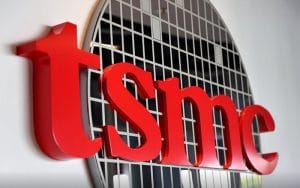The U.S. unemployment rate reached an 18-month high of 3.8% in August, leaving many wondering if this indicates a struggling economy and a surge in layoffs. However, a closer look reveals a different story.
The significant rise in the jobless rate, up from 3.5% in July, can be largely attributed to the influx of individuals entering the labor force.
Typically, people actively search for employment when they believe it is relatively easy to secure a job with good pay. This indicates a thriving labor market rather than a weakening one.
Last month, approximately 736,000 people joined the labor force, but only around one-third were able to find employment. The remaining half million individuals did not secure immediate jobs, resulting in their classification as unemployed. In the unemployment rate calculation, the government includes anyone actively seeking work but currently without a job.
Consequently, this explains the three-tenths increase that pushed the jobless rate to 3.8%.
Further analysis suggests that the summer-jobs market for young individuals may have significantly influenced these figures.
Remarkably, approximately 45% of those who entered the labor force in August fell within the age range of 16 to 24 years old, as highlighted by Omair Sharif, president of Inflation Insights.
Interestingly, a similar surge of 724,000 individuals joining the labor force occurred in August 2022, once again driven by an increase in young jobseekers.
The Mystery of Young Workers Extending Their Summer Jobs
Young people working summer jobs may have simply stayed on a bit longer than the government’s employment survey could account for, suggesting an interesting anomaly associated with the summer jobs market, according to chief economist Stephen Stanley of Santander Capital Markets.
The labor force experienced a decline or remained stagnant for the next three months after August 2022, resulting in a decrease in the unemployment rate. If a similar trend occurs this fall and the labor force continues to shrink, the unemployment rate may drop again in the upcoming months.
However, there could be a less positive explanation for the significant increase in the number of individuals seeking work in August. It’s possible that they require additional income to sustain their current standard of living in light of high inflation and the depletion of their Covid-era savings.
This situation might also indicate underlying stress, as households are compelled to reenter the labor market to cover bills and maintain their current spending habits, as pointed out by senior economist Sam Bullard of Wells Fargo.


